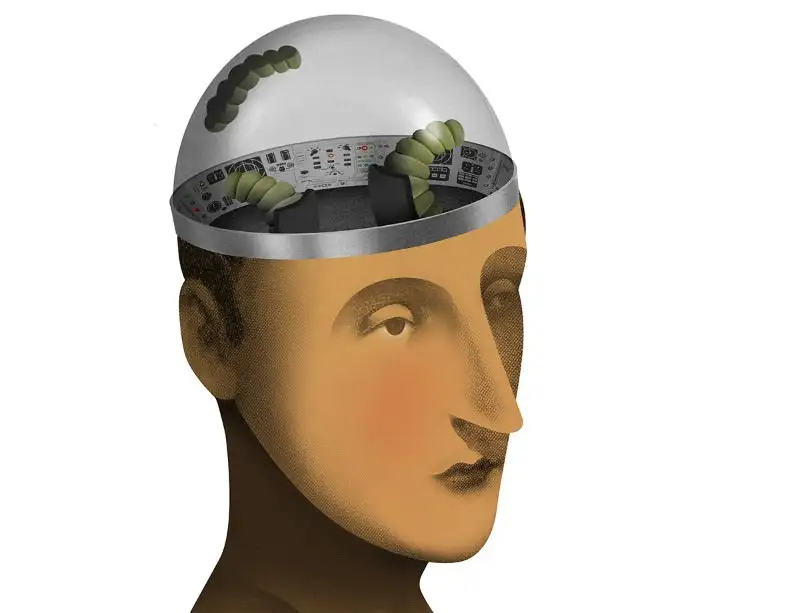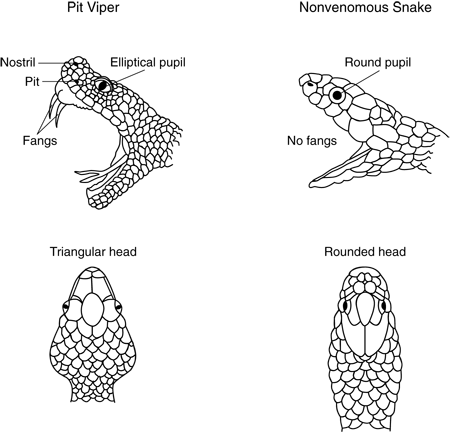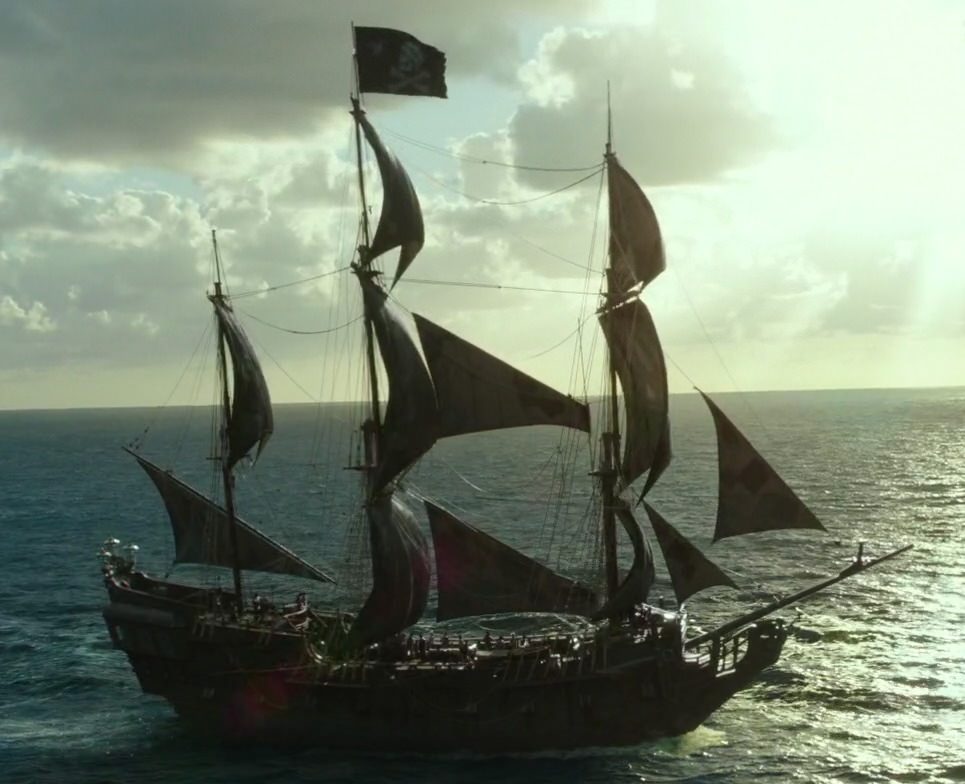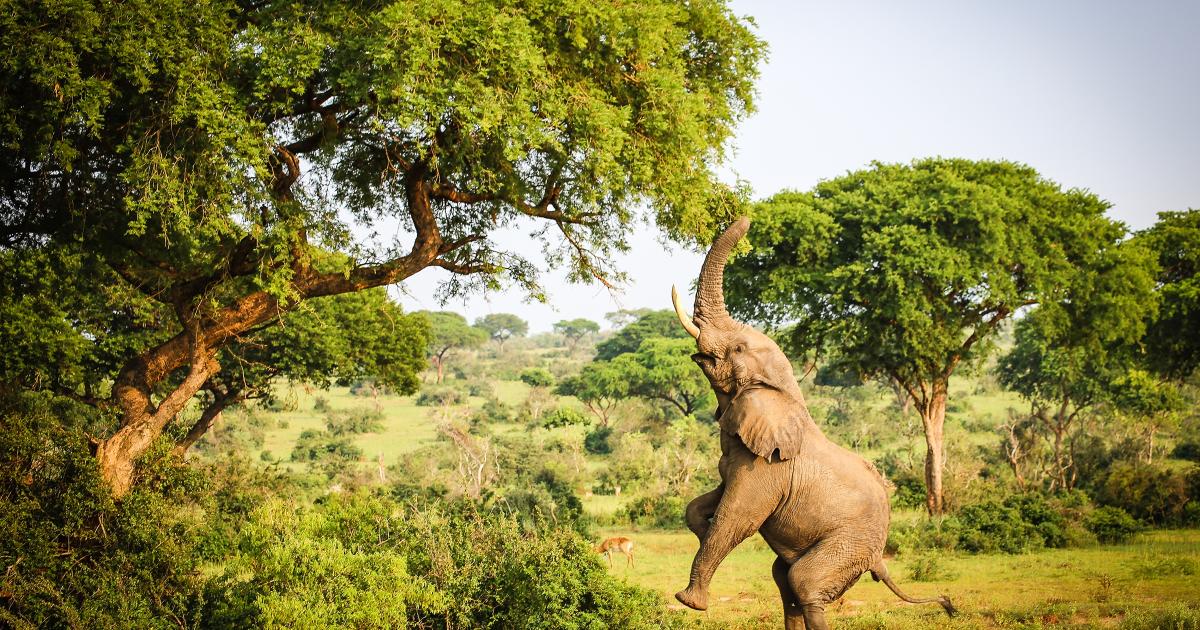wherearewegoing.net – In the ever-evolving landscape of retail, where trends come and go with the swiftness of a fashion season, one element remains steadfastly crucial for success: customer service. It’s the cornerstone upon which businesses build lasting relationships with their clientele, foster brand loyalty, and ultimately, drive sales. The role of customer service in retail success is not just significant; it’s indispensable.
The Foundation of Customer Loyalty
Customer service is the first line of defense and the primary touchpoint for customers. It’s where the brand’s promise meets the customer’s expectations. A positive interaction can turn a one-time buyer into a lifelong advocate, while a negative one can drive them straight into the arms of competitors. According to a study by NewVoiceMedia, 68% of consumers left a company because of poor customer service. This stark statistic underscores the importance of getting it right.
Enhancing the Shopping Experience
In the retail sector, the shopping experience is everything. It’s not just about the product; it’s about how the customer feels before, during, and after the purchase. Exceptional customer service enhances this experience, making it memorable and enjoyable. Whether it’s through knowledgeable staff, seamless returns, or personalized recommendations, these interactions leave a lasting impression on the customer.
Driving Sales and Growth
The impact of customer service extends beyond loyalty and experience; it directly influences sales and growth. Satisfied customers are more likely to make repeat purchases and spend more. They also become brand ambassadors, spreading positive word-of-mouth, which is invaluable in attracting new customers. According to a report by Walker, customer experience will overtake price and product as the key brand differentiator by 2020. This shift underscores the growing importance of customer service as a driver of sales and growth.
Adapting to the Digital Age
The digital revolution has transformed the retail landscape, with e-commerce and social media changing how customers shop and interact with brands. In this digital age, customer service has had to adapt, with many retailers offering support through multiple channels, including live chat, social media, and email. This omnichannel approach ensures that customers can get the help they need, when they need it, no matter where they are.
The Future of Retail Success
As the retail industry continues to evolve, the role of customer service will only become more critical. Retailers that prioritize customer service, invest in their staff, and leverage technology to enhance the shopping experience will be well-positioned for success. Those that fail to do so risk being left behind.
In conclusion, customer service is not just a department within a retail business; it’s a philosophy that should permeate every aspect of the company. It’s about putting the customer first, ensuring their needs are met, and their expectations exceeded. In doing so, retailers can build a loyal customer base, enhance the shopping experience, drive sales, and ultimately, achieve success in a competitive and ever-changing market.

























